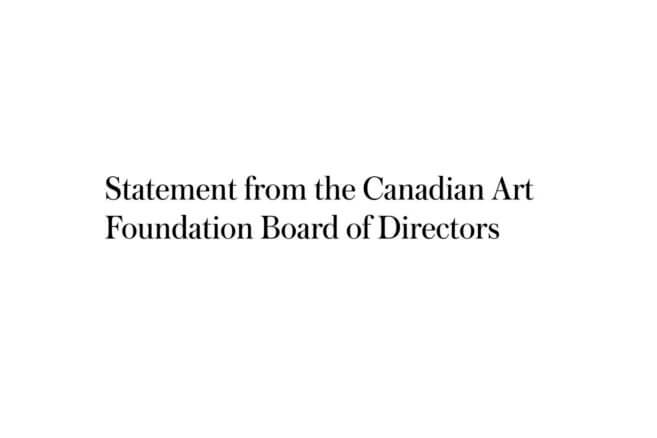Starting this weekend, visitors will be able to go to the Art Gallery of Ontario and view Flemish painter Peter Paul Rubens’s early work. Spanning the period 1609 to 1621, “Early Rubens” follows the artist’s return to Antwerp after studying in Italy. It includes more than 30 large paintings and 20 works on paper.
A number of the works in “Early Rubens” have never been seen in Canada before, including The Head of Medusa, Mars and Rhea Silvia and The Boar Hunt. The show includes loans from the Metropolitan Museum of Art, LACMA, the Rijksmuseum, the National Gallery of Art in Washington, the British Museum and the Getty. Organized by the AGO and the Fine Arts Museums of San Francisco, it’s curated by National Gallery of Canada director Sasha Suda (who first worked on the exhibition as an AGO curator) and FAMSF assistant curator of European painting Kirk Nickel.
The exhibition is organized in six galleries, beginning with Rubens’s early work in Italy, and follows his return home and the development of his studio in Antwerp. It exhibits his commissions during the Counter Reformation, and engravings that travelled as far as South America. Other parts highlight the decorative arts as seen in some of Rubens’s work, while making connections to decorative objects in the AGO’s collection.
The show also includes The Raising of the Cross, an oil-on-paper work in the AGO collection. The work was stolen twice in the 1950s, and both times recovered inside garbage cans, in Parkdale and Queen’s Park, before returning to the AGO. It is the first time it is on display after more than 12 years of conservation.
“A big part of baroque painting,” Suda tells Canadian Art, “is this notion of excess, and this kind of perversion or heightening of a narrative that Rubens does through his visual storytelling.” She adds that she’d always thought of Rubens “as a painter’s painter,” citing that “contemporary painters travel to see his works.” For example, she notes a number of conversations she’s had with artist Kent Monkman, “who really thinks about Rubens in his own studio practice when he composes his new history paintings.”
The baroque period was a time of lavishness, exaggeration and drama, where theatre and music played an important role. Accordingly, the exhibition displays two 17th-century harpsichords made in Antwerp, which will be played by musicians during in-gallery performances every Thursday, Saturday and Sunday at 2 p.m., and on Wednesdays at 6 p.m., for the duration of the exhibition.
The songs presented in-gallery will be short excerpts of two pieces by American 20th-century composer Julius Eastman, arranged by Toronto-based musician Owen Pallett, who was invited by Suda to produce a contemporary score for the exhibition. Eastman, who was overlooked during his time and only now enjoying a popular resurgence, creates an interesting comparison with Rubens, who Suda says “had all the privilege throughout his life.”
Musical programming is also available during the opening weekend of the exhibition, where three new choral pieces composed by Pallett, Cris Derksen and Matt Smith will premiere. Called Songs of Heaven, the concert is inspired by “Early Rubens” and will feature the Choir of St. James Cathedral under the direction of Robert Busiakiewicz.
“Early Rubens” also marks the return of the AGO’s Massacre of the Innocents from the Rubens House in Antwerp, where it was originally painted. This is also a special moment as Massacre is being shown in context with other Rubens works of its era. Suda comments that the exhibition “brings that context to life and tells a story that helps people understand where that painting comes from.”
“There’s darkness and tension in all of the paintings from this time,” Suda adds, and this “makes up Rubens at this moment, where there’s a desire to create something that is almost impalpable. It’s kind of rock ’n’ roll.”





